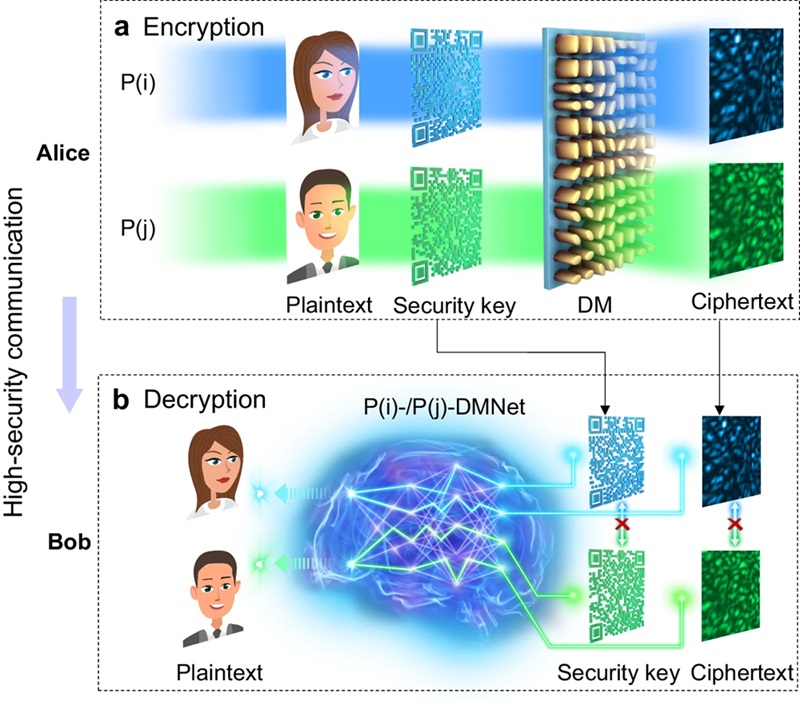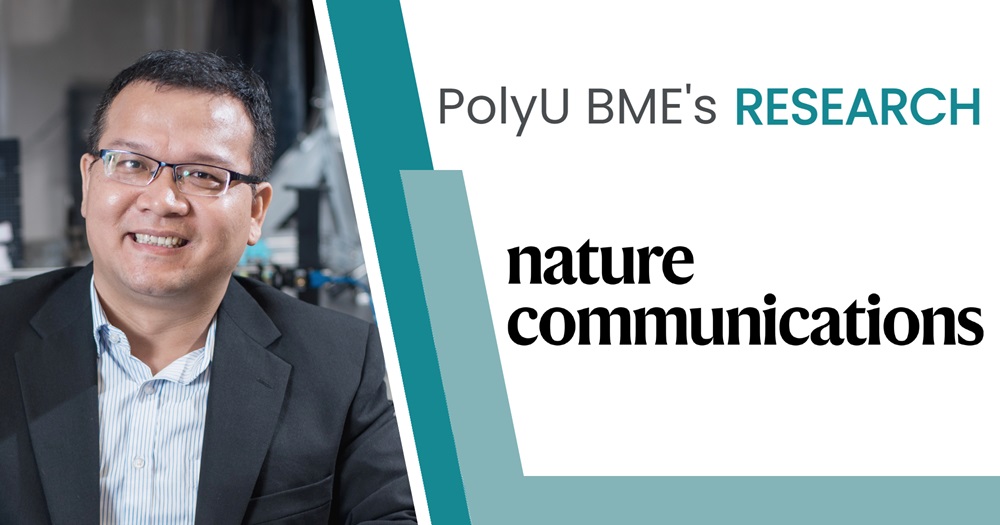The research paper titled “High-security learning-based optical encryption assisted by disordered metasurface”, with Associate Professor Dr Puxiang Lai as one of the co-authors, is published in Nature Communications, an open access, multidisciplinary journal dedicated to publishing high-quality research in all areas of the biological, health, physical, chemical, Earth, social, mathematical, applied, and engineering sciences.
“High-security learning-based optical encryption assisted by disordered metasurface”
Zhipeng Yu, Huanhao Li, Wannian Zhao, Po-Sheng Huang, Yu-Tsung Lin, Jing Yao, Wenzhao Li, Qi Zhao, Pin Chieh Wu, Bo Li, Patrice Genevet, Qinghua Song & Puxiang Lai
Nature Communications volume 15, Article number: 2607 (2024). doi: 10.1038/s41467-024-46946-w
Abstract
Artificial intelligence has gained significant attention for exploiting optical scattering for optical encryption. Conventional scattering media are inevitably influenced by instability or perturbations, and hence unsuitable for long-term scenarios. Additionally, the plaintext can be easily compromised due to the single channel within the medium and one-to-one mapping between input and output. To mitigate these issues, a stable spin-multiplexing disordered metasurface (DM) with numerous polarized transmission channels serves as the scattering medium, and a double-secure procedure with superposition of plaintext and security key achieves two-to-one mapping between input and output. In attack analysis, when the ciphertext, security key, and incident polarization are all correct, the plaintext can be decrypted. This system demonstrates excellent decryption efficiency over extended periods in noisy environments. The DM, functioning as an ultra-stable and active speckle generator, coupled with the double-secure approach, creates a highly secure speckle-based cryptosystem with immense potentials for practical applications.

Conceptional diagram of the proposed optical encryption system. a Optical encryption. The sender (Alice) illuminates light beams with two different polarizations of P(i) and P(j) onto the phase profiles of the superposition of plaintexts (human face images) and security keys (QR codes), which propagates through DM, generating ciphertexts (speckles). b Learning-based decryption. Two deep neural networks (DNN) of the same structure, e.g., P(i)-DMNet and P(j)-DMNet, are trained with data obtained with incident beams of P(i) and P(j), respectively. After recording the ciphertext and being authorized by Alice to acquire the security key and the polarization of the incident beam, the receiver (Bob) can feed the ciphertext and the security key into the corresponding neural network to decrypt the plaintext. The mark “×” above the straight line with arrows at both ends indicates that the information cannot be commutative. DM disordered metasurface.




